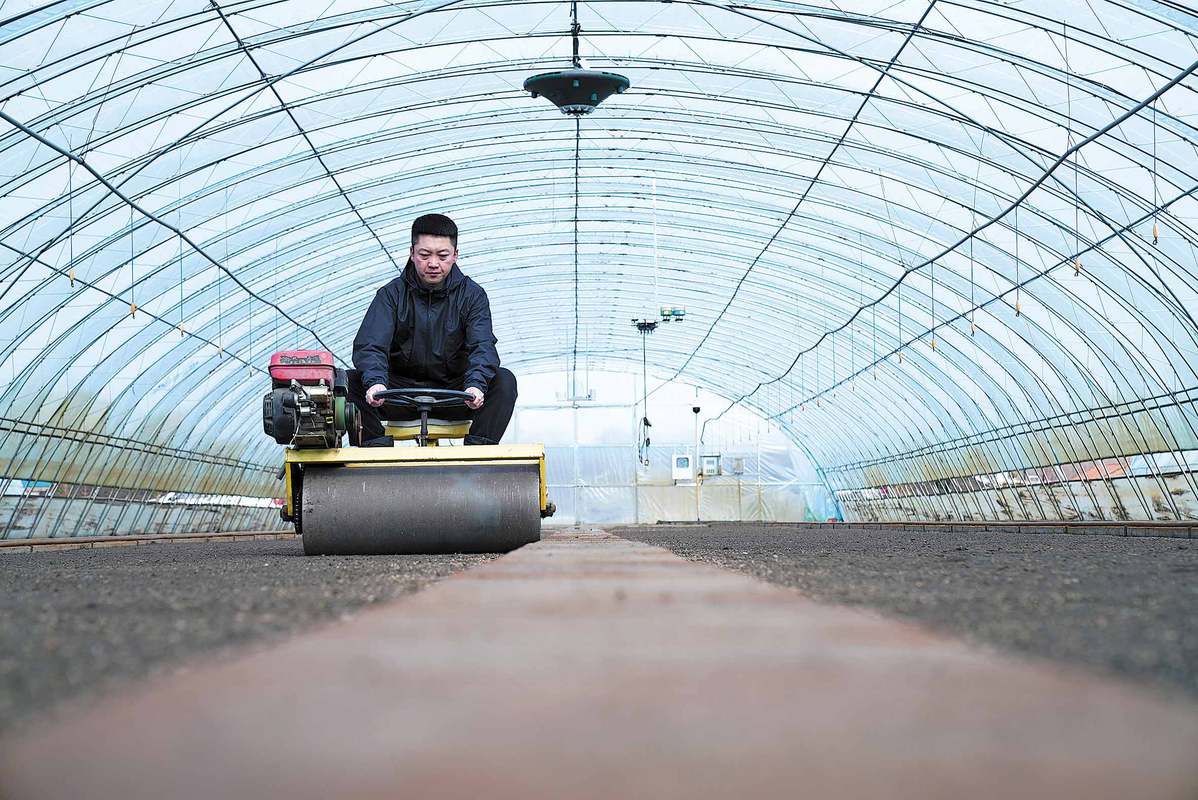Spring planting boosted by satellites, new agricultural tech
Heilongjiang, other provinces expecting bumper crops to ensure nation's food security, Tian Xuefei and Zhou Huiying reports.


Black soil protection
Heilongjiang has also made remarkable progress in protecting its black soil resources.
The UN Food and Agriculture Organization defines such soil as mineral soils with a black surface enriched with organic carbon at least 25 centimeters deep.
According to data from the National Plan for Soil and Water Conservation (2015-30), 109 million hectares of black soil, including around 29 million hectares of farmland, are in China's northeast, spanning the provinces of Heilongjiang, Jilin, Liaoning and the eastern part of the Inner Mongolia autonomous region.
With its high density of organic matter, black soil is highly suitable for growing crops. However, long-term cultivation and the overuse of fertilizers have caused degradation of black soil, threatening the environment and grain production.
Faced with the loss of black soil due to intensive cultivation and the effects of wind and rain, Heilongjiang authorities have taken measures such as covering the soil with straw after harvesting, increasing the amount of organic fertilizer, and encouraging crop rotation to tackle the issue.
Last year, Heilongjiang developed 693,333 hectares of high-standard farmland, integrating soil improvement with windbreak forest networks.
So far, the province has established nearly 1.33 million hectares of such farmland, the most in China. This year, it aims to add 780,000 more hectares.
"To realize the sustainable use of black soil, it is necessary to focus on scientific research of black soil conservation, nutrient balance and conservational tillage," said Han Xiaozeng, a researcher with the Northeast Institute of Geography and Agroecology of the CAS.
"These research results can provide important support for maintaining the fertility of black soil and improving the overall grain yield."
Protection methods include using maize straw for mulching, and increasing the application of organic fertilizers.
The province also promotes tailored strategies based on local conditions.
"In the western region of Heilongjiang, including Daqing and Qiqihar, where the climate is characterized by aridness and sandstorms, we have implemented conservation tillage — mainly no-tillage practices and straw covering — to address the protection of black soil," said Han.
"In the central part, from Harbin to Suihua, Beian, and further to Nenjiang, which falls in the black soil belt, the main focus is on protecting the black soil layer."
"In the Sanjiang Plain, where it is cold, low-lying and prone to flooding, the measures implemented mainly aim to increase the productivity of cultivated land," he added.
According to the Guideline on Protecting Black Soil in Northeast China (2017-30), by 2030, Northeast China's 16.67 million hectares of black soil will be better protected and see improvements to its fertility, ecology and farming facilities which will yield higher crop yields.























